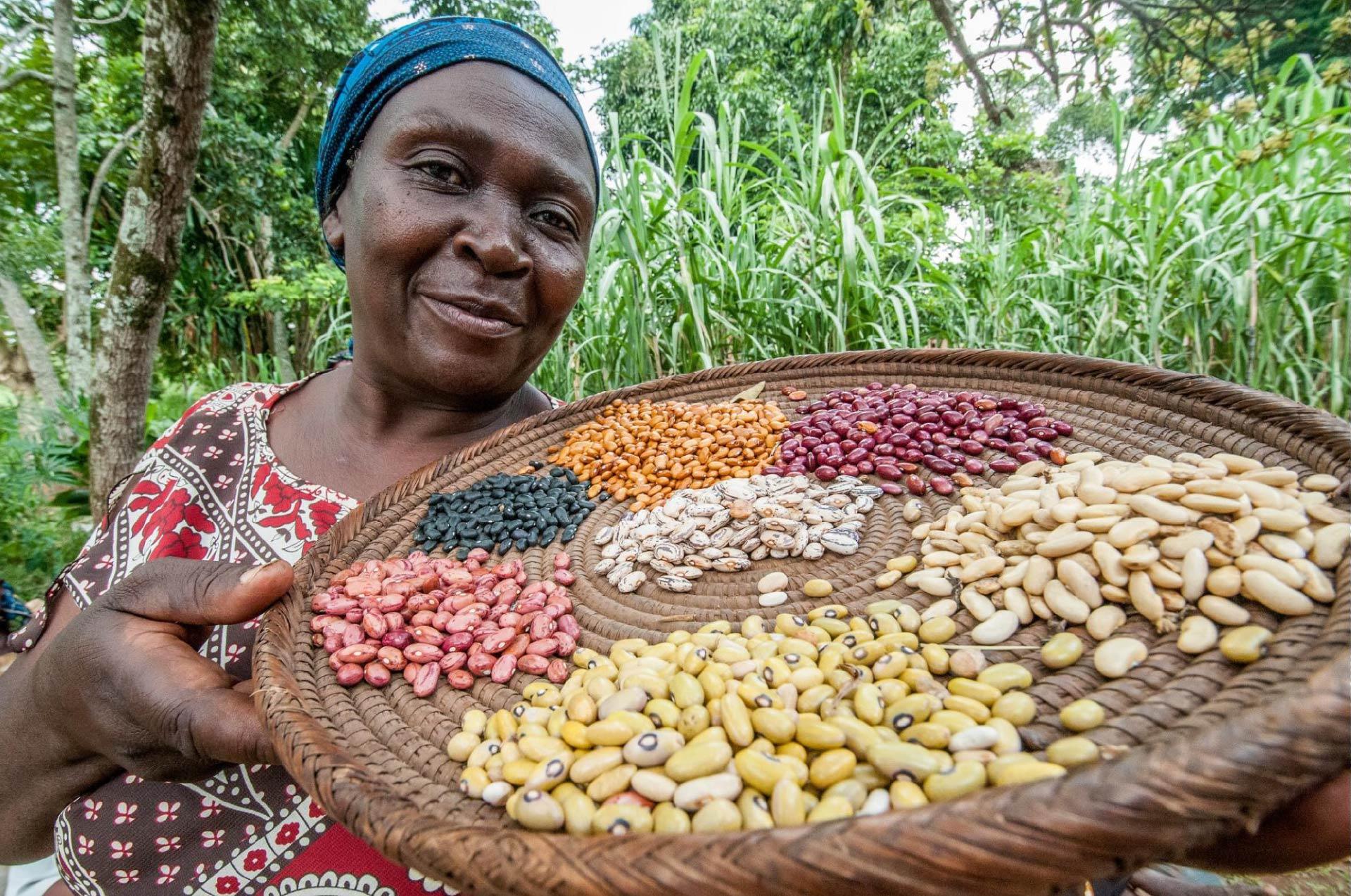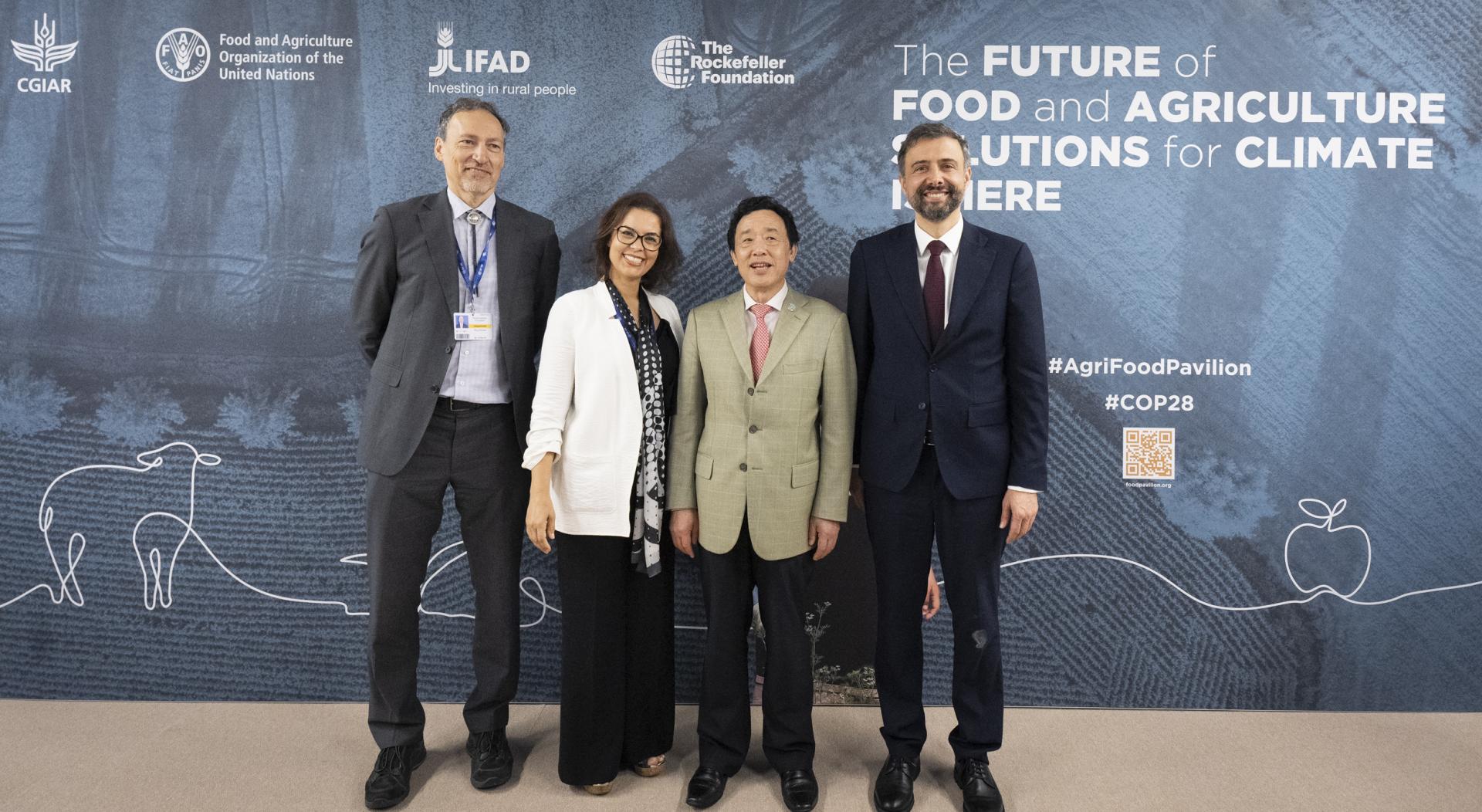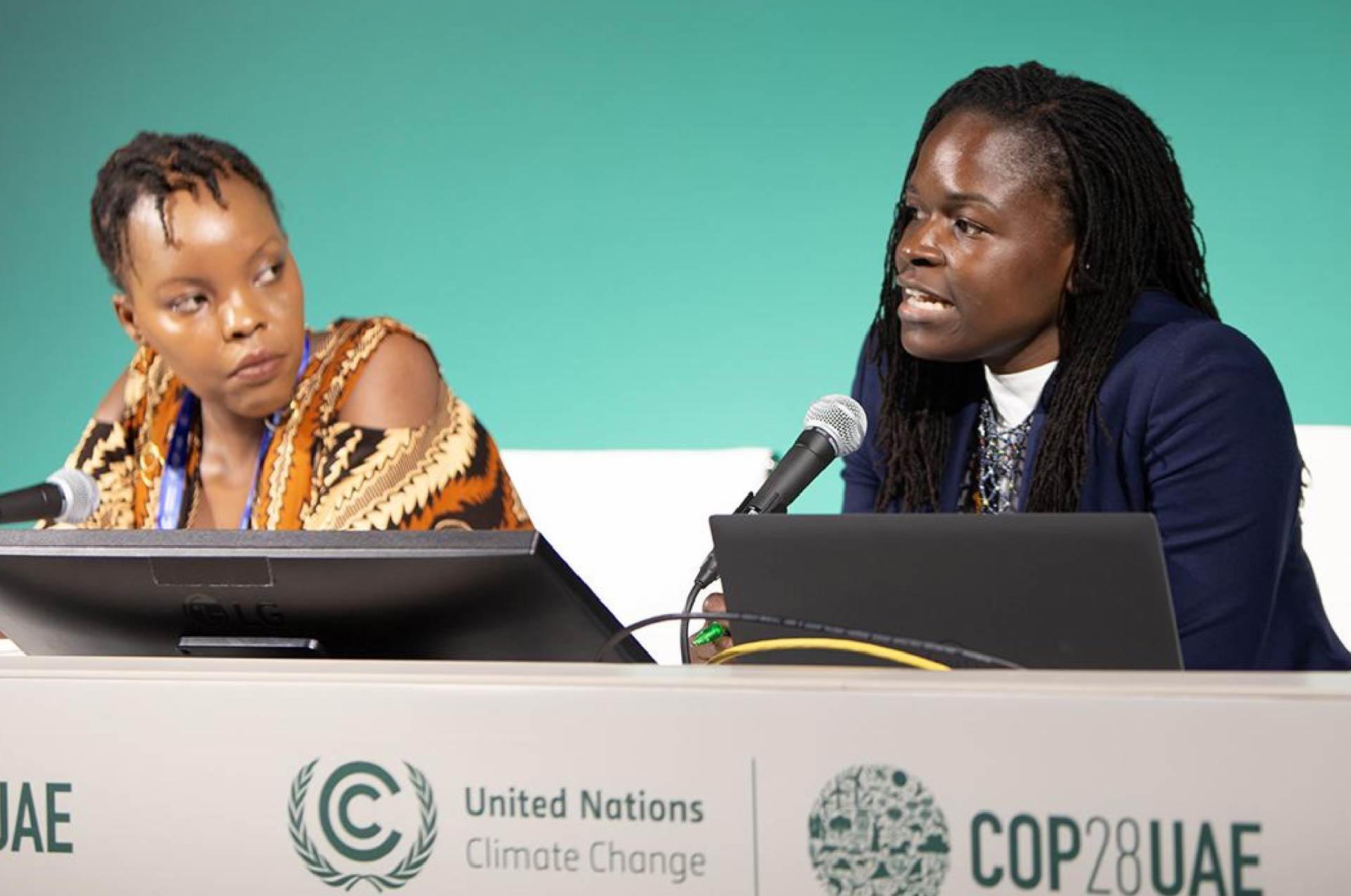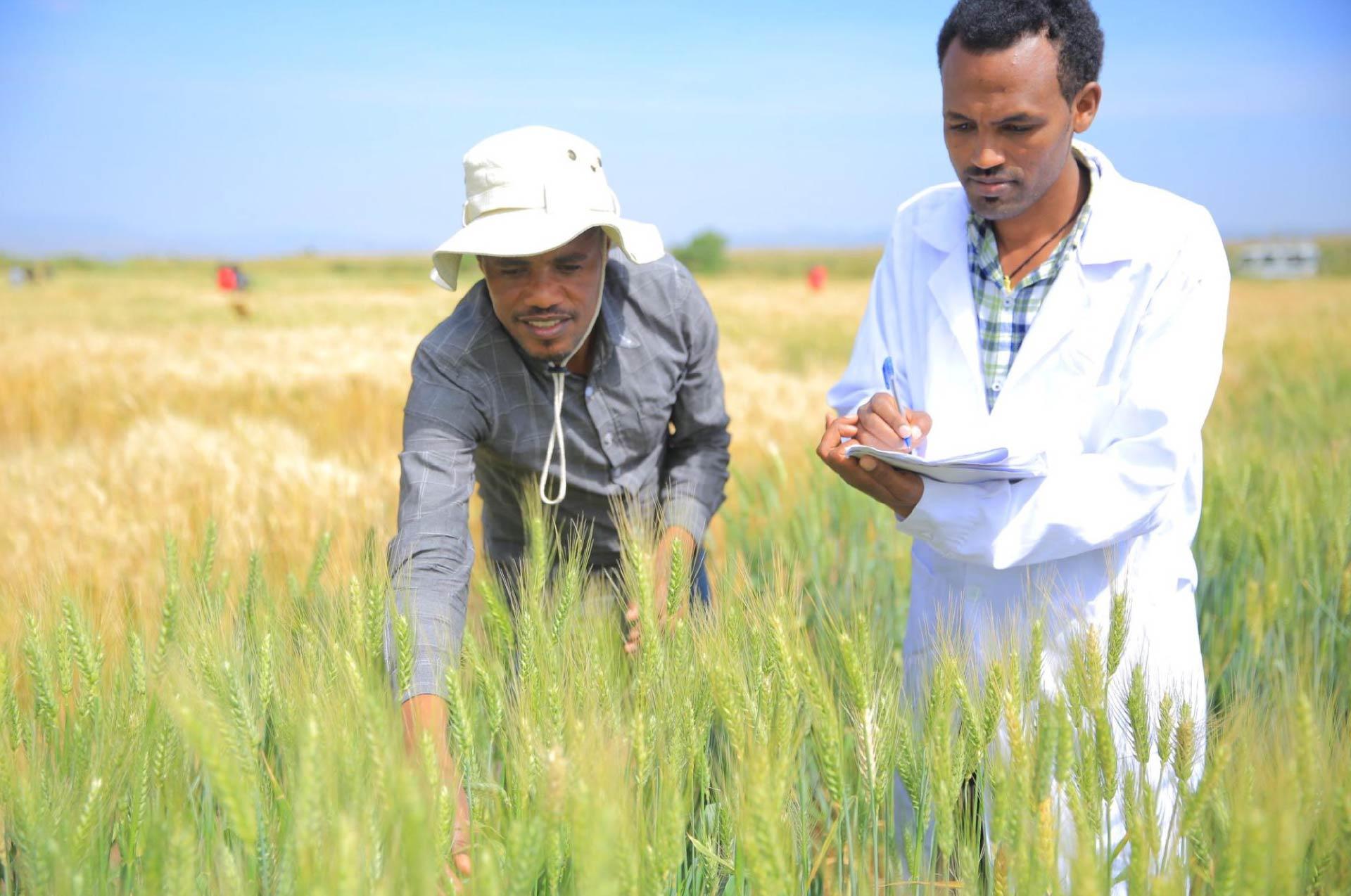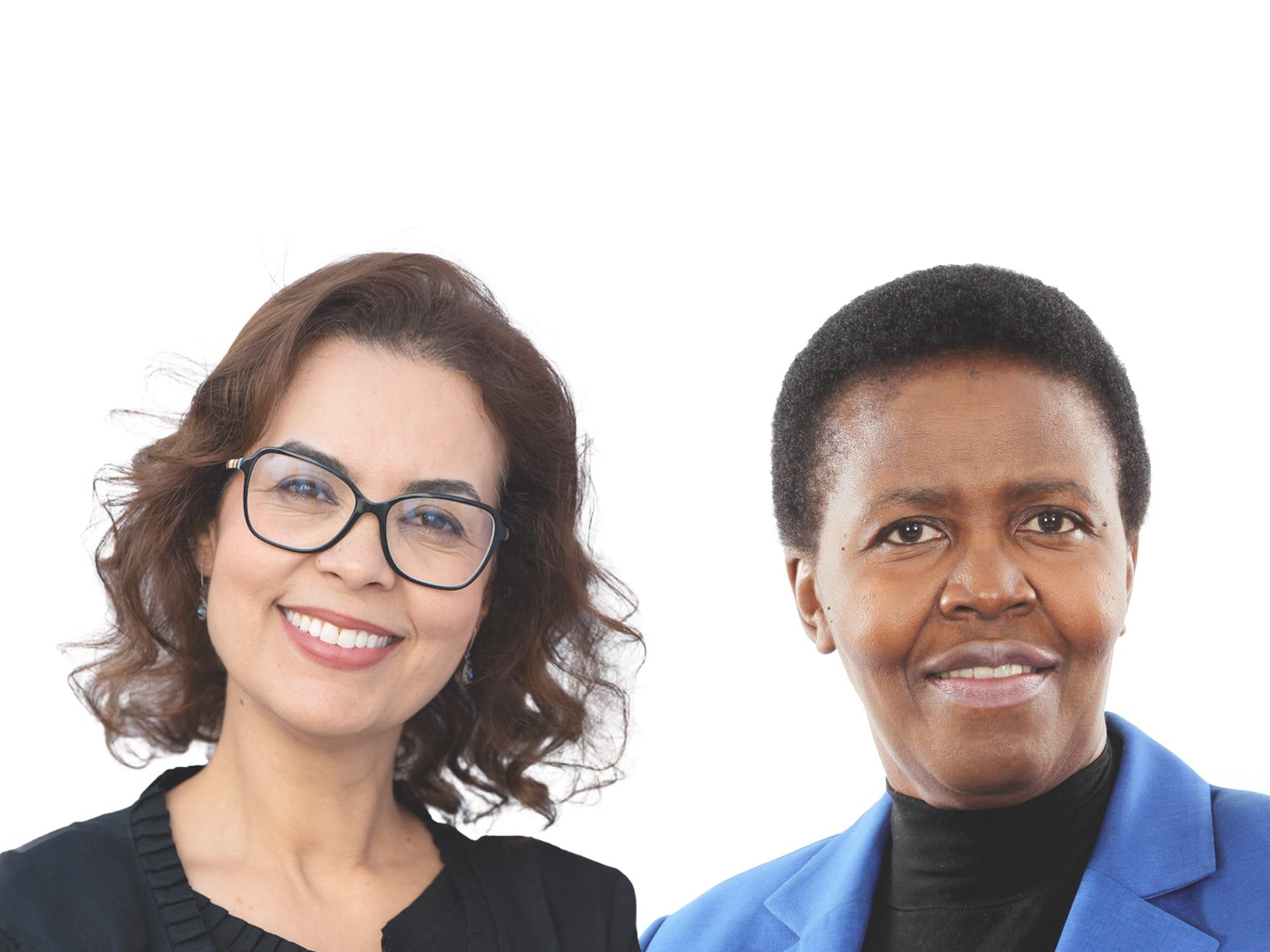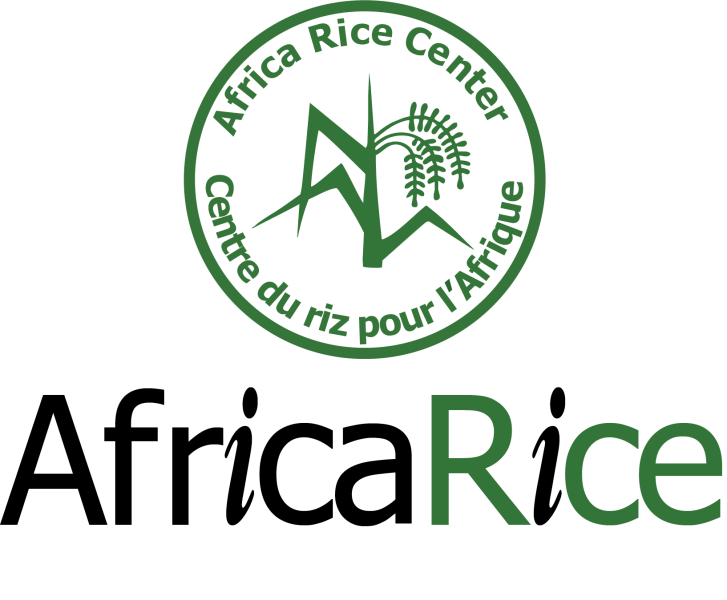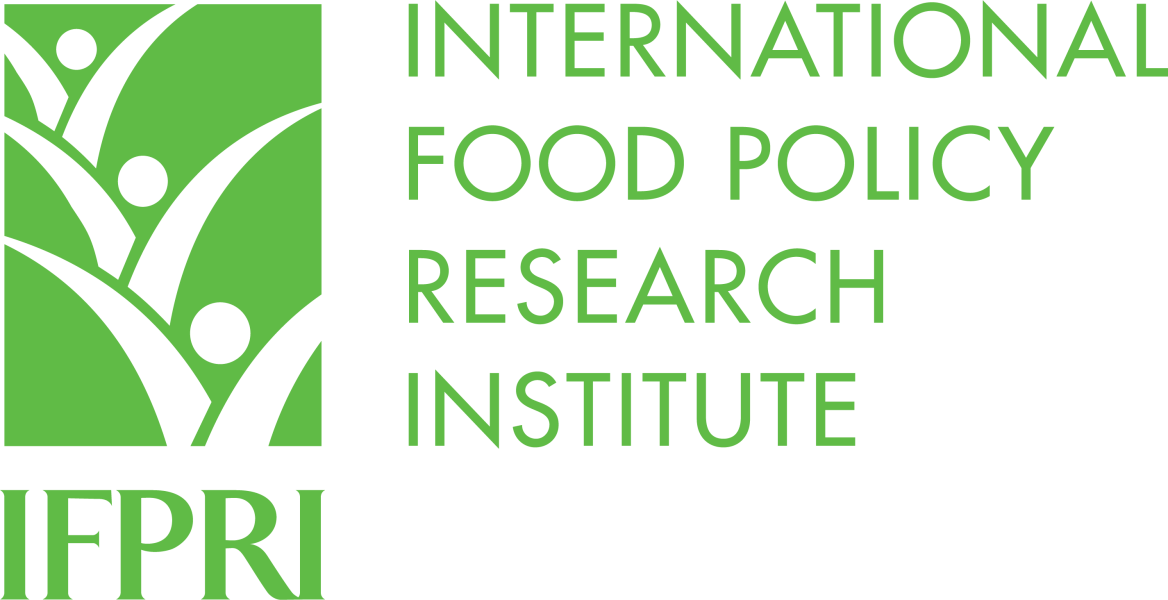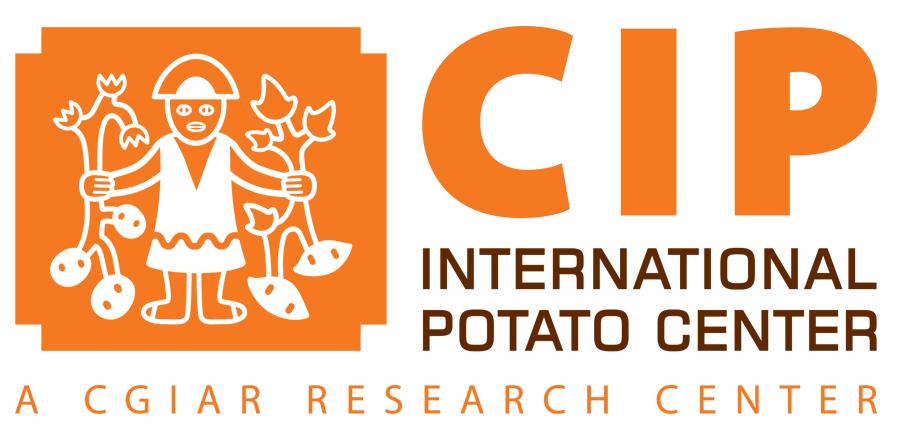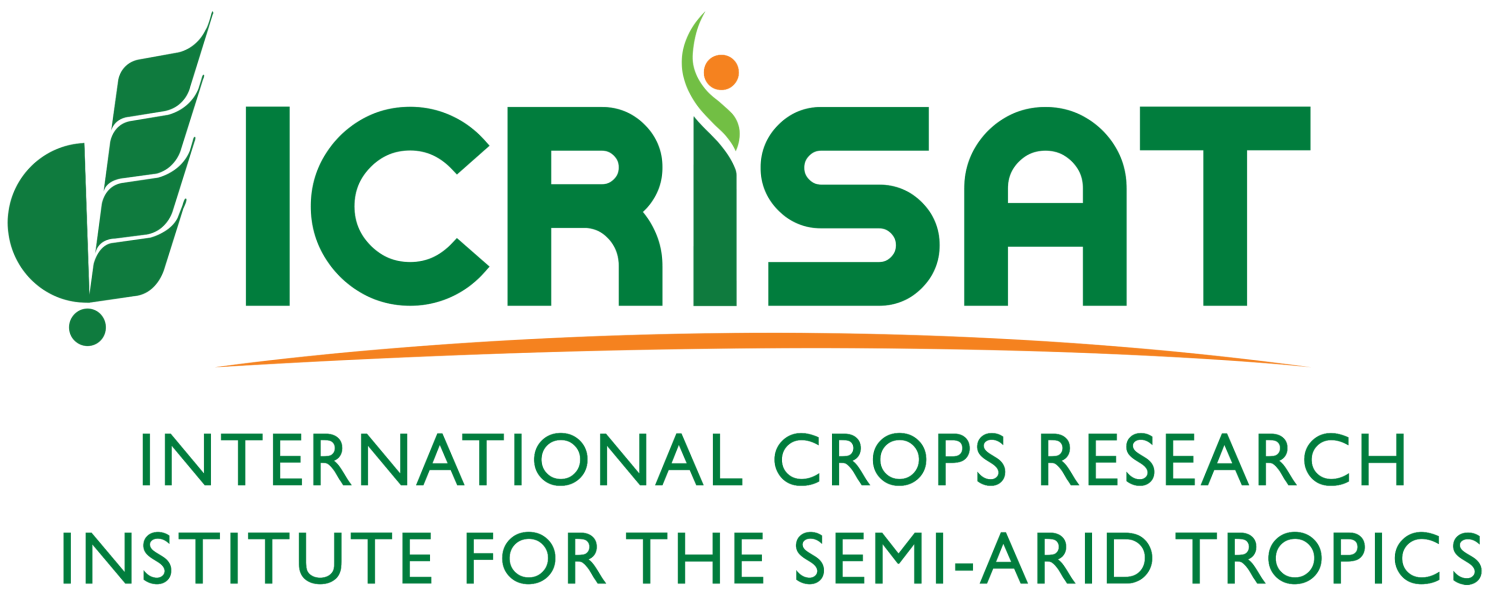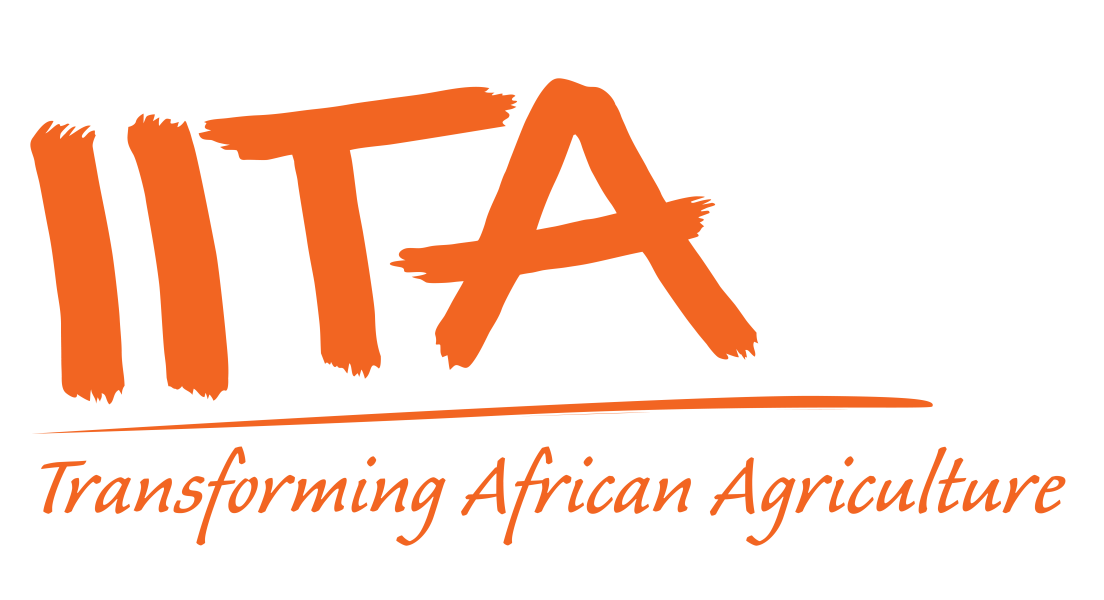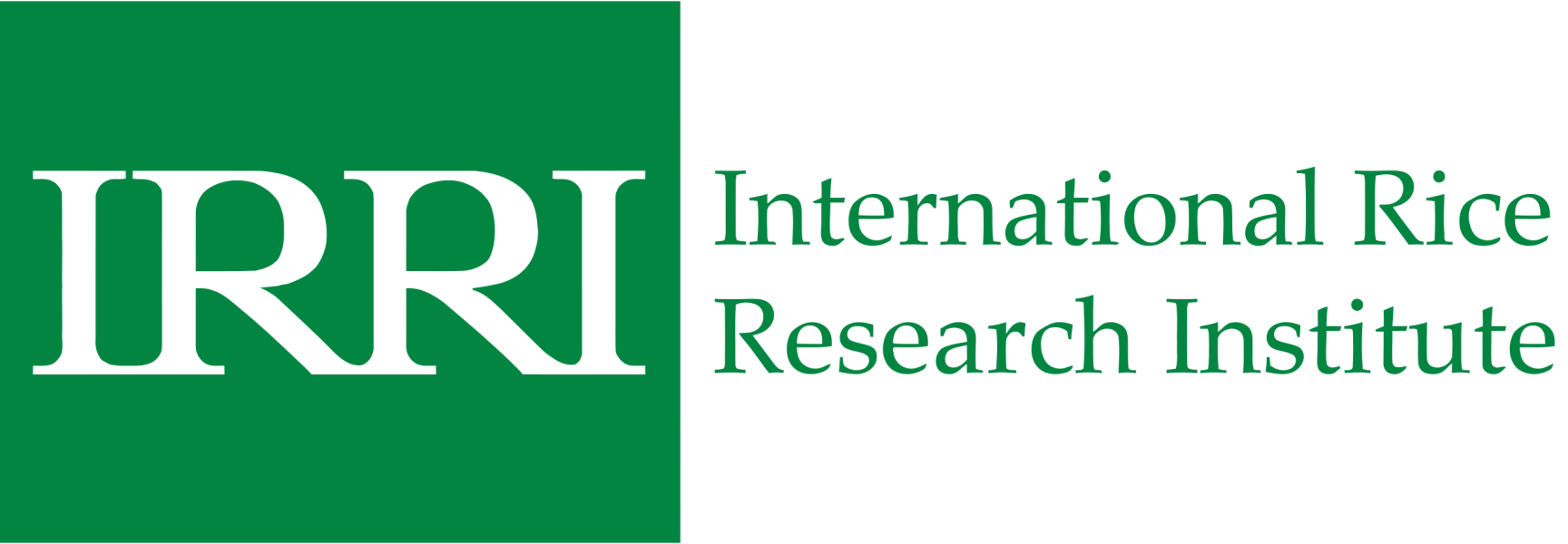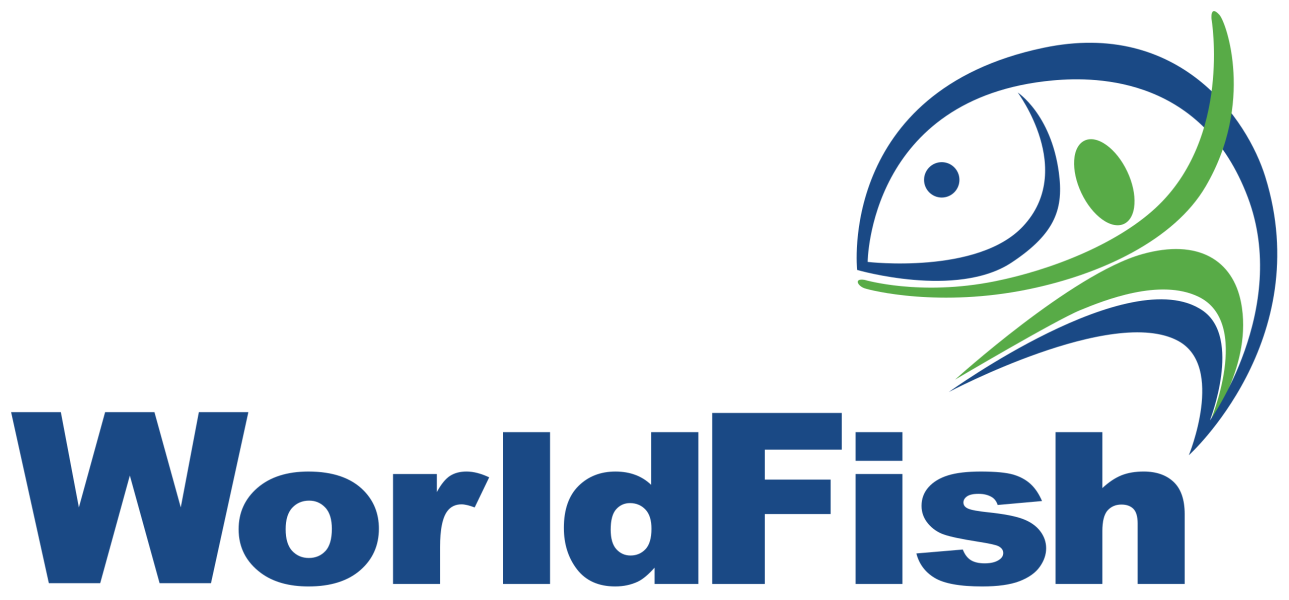by Emily Myers, Senior Research Analyst, Poverty, Gender, and Inclusion Unit, IFPRI; Eleanor Jones, Research Analyst, Director General’s Office, IFPRI; and Hazel Malapit, Senior Research Coordinator, Poverty, Gender, and Inclusion Unit, IFPRI
This blog post is part of a special monthly series entitled “Making a Difference,” documenting the impact of IFPRI’s projects and initiatives. These stories reflect the wide breadth of the Institute’s research, communications, and capacity-strengthening activities around the world, in fulfillment of its mission. The blog series has been peer-reviewed by IFPRI’s Impact Committee members.
Dumplings are one of the most universally adaptable foods. The basic template of dough and filling, customized with local ingredients, flavors, and traditions, is found in almost every country: Gyoza in Japan, momo in Nepal, varenyky in Ukraine, empanadas in Spain and Latin America, to name just a few.
The Women’s Empowerment in Agriculture Index (WEAI) is a survey tool that aims to emulate a similar kind of versatility when used in different regions and contexts. WEAI measures the inclusion of women in the agricultural sector, which has been gaining greater recognition as women are of crucial importance for overall growth and development.
Before WEAI, existing tools for measuring impact on women’s empowerment were limited, contributing to less attention on empowerment relative to other more easily measurable outcomes. Following the adage of “you can’t improve what you don’t measure,” WEAI not only facilitates more widespread measurement of empowerment but has also contributed to the growing number of initiatives to enhance women’s empowerment in the agricultural sector.
The WEAI findings from the Bangladesh Integrated Household Survey (BIHS) demonstrate that women’s empowerment can improve agricultural diversity, nutrition, and poverty outcomes. The results of this study were used to design a three-year pilot project called the Agriculture, Nutrition, and Gender Linkages (ANGeL) Project. Overall, since its inception, WEAI has been adopted by over 249 organizations across 60 countries.
To measure the inclusion of women in agriculture, WEAI uses a core set of empowerment indicators, including aspects such as control over the use of income, workload, and autonomy in production. The indicators fall within five domains — Production, Resources, Income, Leadership, and Time — allowing women and men’s empowerment to be compared across and within contexts.
However, a key feature of WEAI is that each user can use a different WEAI “recipe” to fit the local context and tastes – tool users can utilize different modules and indicators in addition to the standard “ingredients,” allowing the index to provide better measurement and contextualization. Just as dumplings can be prepared in a variety of ways to incorporate the flavors of a specific culture, WEAI users may toggle between its unique features to best fit their study setting and research needs.
Building on WEAI’s success
WEAI was launched in 2012 and has become a well-known standard for measuring shifts in women’s and men’s empowerment. Over the years, the WEAI team has hosted numerous training events and capacity-strengthening workshops, engaging with stakeholders and policymakers to ensure the index’s effective implementation.
Over the past decade, the WEAI has grown into a suite of quantitative and qualitative tools suited for different user needs. The greater the variety of versions of the WEAI tool, the more tailored and impactful WEAI can be for its users.
Jumping off from the success of the original tool, the WEAI team created the abbreviated WEAI (A-WEAI), also designed for population-based surveys, but with fewer indicators to shorten interview time and modified questions to ease field implementation, while maintaining cross-cultural applicability.
Next came a version for impact assessments of agricultural development projects: The project-level WEAI, or pro-WEAI. It takes a slightly different approach to measuring empowerment.
Pro-WEAI
Pro-WEAI was created using a portfolio approach comprising 13 agricultural development projects from Bangladesh, Burkina Faso, Ethiopia, Ghana, India, Kenya, Mali, Nepal, and Tanzania. Instead of using five domains of empowerment to categorize its indicators, as in the original WEAI, pro-WEAI uses three types of agency: intrinsic (power within), instrumental (power to), and collective agency (power with).
Pro-WEAI includes both quantitative and qualitative methods. The survey instrument computes empowerment scores for women and men, as well as gender parity. The standard qualitative protocols include a review of project documents, a community profile, focus group discussions on local meanings of empowerment, semi-structured life history interviews with program beneficiaries, and key informant interviews with program staff, and key members of the community. Combining these quantitative and qualitative methods provides the ability to glean nuance in interpreting variation across and within country and regional contexts.
The pro-WEAI … is a great step forward. For example, at HKI, we have a focus on maternal nutrition and health; seeing new indicators that are more specific around nutrition, or measure things like intra-household relationships, has been great. - Ramona Ridolfi Regional Gender Advisor, Asia Pacific Office, Helen Keller International
However, different projects have different goals — this is where the “dumpling approach” comes into play. Additional indicators were created to be added to the pro-WEAI standard “ingredients” to allow the index to better measure and contextualize empowerment in alignment with a project’s specific goals.
Language and context can vary a lot, and even when you get the quantitative scores, it can be difficult to interpret without the qualitative piece to help explain. We explicitly designed pro-WEAI from the beginning to use a mixed methods approach. - Hazel Malapit Senior Research Coordinator, IFPRI
In 2019 on International Day of Rural Women, Hazel Malapit, Senior Research Coordinator at the International Food Policy Research Institute (IFPRI) and A4NH's Gender Research Coordinator, and Ramona Ridolfi, Regional Gender Advisor, Asia Pacific Office, Helen Keller International, sat down to discuss the project-level Women's Empowerment in Agriculture Index (pro-WEAI) and what it has meant for efforts towards supporting rural women worldwide.
Extra Pro-WEAI ingredients
Health and Nutrition Module
The pro-WEAI health and nutrition module (pro-WEAI+HN) measures women’s agency in health and nutrition-related decisions and sustainable access to adequate food and health products. IFPRI researchers developed indicators for this module by analyzing pilot data collected in Bangladesh, Burkina Faso, and Mali. These indicators provide a broader measure of women’s agency and decision-making. Measuring whether women can make decisions about healthcare, for example, can help project implementers better understand the type of agency most relevant to nutrition-sensitive agriculture programs and which elements can improve program outcomes.
Market Inclusion Module
The market inclusion module (pro-WEAI+MI) adds complementary ingredients to the pro-WEAI dumpling. Pilot studies for the module were performed in Bangladesh, the Philippines, Benin, and Malawi. This module investigates the empowerment of women and men across agricultural value chains, barriers to market access, and inclusion for different value chain actors. Optional indicators in the module measure access to reliable sanitation, sexual hostility in the working environment, and decision-making power in primary value chains.
I am capable of doing it [farming, going to the market to shop, getting a loan] myself so far. I do everything on my own will. There is none to stop me or to hold me back from doing what I do. - Woman in Bangladesh Pilot participant
Choosing the right recipe
If you are going to make dumplings, it’s best to see what different recipes are available. To help pick out the right recipe, the WEAI team developed an interactive tool guiding users through a series of questions to identify the best version for the intended purpose. This array of ingredients available for the pro-WEAI, and ability to choose the best ones for a given project, allows project leaders to gain better insights into women’s empowerment in diverse locations and cultures. The latest versions, guidelines, qualitative protocols, and publications can be found at the WEAI Resource Center.
Read the original story by IFPRI


